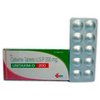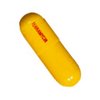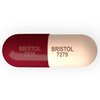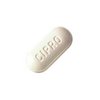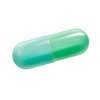INDICATIONS
Cefixime is used for treating infections caused by certain bacteria. Cefixime is a cephalosporin antibiotic. It works by killing sensitive bacteria.
INSTRUCTIONS
Use Cefixime as directed by your doctor.
- Take Cefixime by mouth with or without food. If stomach upset occurs, take with food to reduce stomach irritation.
- To clear up your infection completely, continue using Cefixime for the full course of treatment even if you feel better in a few days.
- If you miss a dose of Cefixime, take it as soon as possible. If it is almost time for your next dose, skip the missed dose and go back to your regular dosing schedule. Do not take 2 doses at once.
Ask your health care provider any questions you may have about how to use Cefixime.
STORAGE
Store Cefixime at room temperature, between 68 and 77 degrees F (20 and 25 degrees C). Store away from heat, moisture, and light. Do not store in the bathroom. Keep Cefixime out of the reach of children and away from pets.

